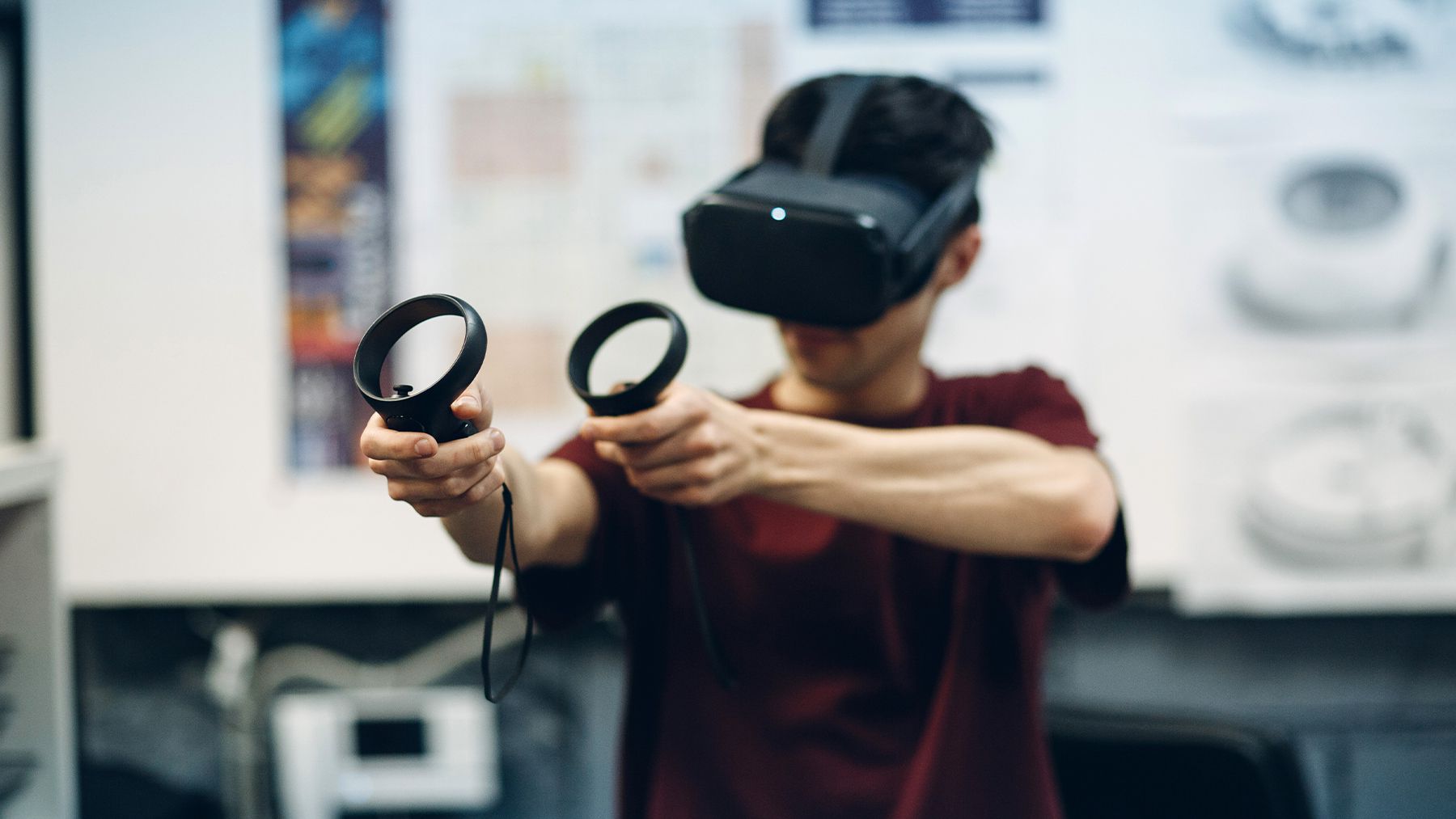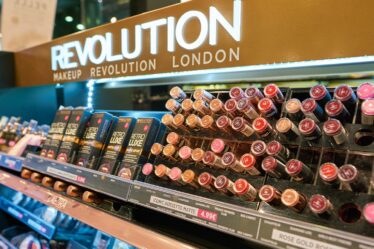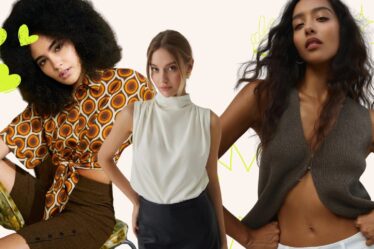
Talk of virtual reality (VR) these days usually centres on immersive experiences and the technology as a precursor of a future metaverse. But in fashion, some brands are already using it for a very different purpose.
As more companies embrace 3D product creation and sampling, footwear makers have turned to VR as a design tool that allows them to create their 3D concepts in a 3D space, rather than on a flat, 2D screen.
“We still sketch on paper, but we’re also sketching in the 3D world, because it means that we just have a much more realistic grasp as to proportion, shape and volume,” said Chris McGrath, Timberland’s vice president of global footwear and design development.
Designers at Nike and Adidas are experimenting with designing in VR too. Nike used it in the process of creating the Air Max Scorpion, while Adidas used it to conceive its Futurenatural sneaker.
The technology might not be set to replace flat sketching or 3D computer software anytime soon, especially when it comes to apparel, where 2D representations of garments don’t sacrifice much. But in footwear, designers are exploring the possibilities of the technology to produce what you might call more spatially accurate concepts.
“I think the reason why [VR] will become more common is it speeds up the design process in a lot of ways,” said Joey Khamis, a former Reebok designer and co-founder of footwear label MLLN (pronounced like melon), which just launched a collection Khamis said was modelled practically all in VR.
With a 2D sketch, for instance, Khamis said you might like it viewed straight on, but then when you see a three-dimensional prototype, it might not look as you expect from other angles or the proportions might be off. In VR, “you can work those things out live,” he said.
Multiple designers can collaborate in a shared VR space, which is useful for companies with teams in different cities or countries. The resulting 3D model also makes it easier to communicate to the factory what the finished product should look like and helps to cut out or reduce sampling rounds. While VR headsets aren’t cheap, they can still be less expensive than top-tier 3D design software.
Khamis said he was introduced to designing in VR by his mentor at Reebok, where he started as a footwear design apprentice in 2019. It wasn’t commonly used — and still isn’t widespread in the industry. Timberland hasn’t yet released a product designed in VR and has so far just used it to quickly create 3D concepts. But Khamis knows of a number of designers at the big sneaker players who have adopted it and now promote it.
At Adidas, the team that used it to create the Futurenatural has talked about other benefits of VR.
“We realised that we really needed something that would allow us to truly work around the anatomy, a tool that would allow us a 360 [degree] perspective,” said Pascal Scholz, an Adidas footwear designer, during a panel last year. “It allowed us to take those perspectives but also allowed us to really question this classic way of having a midsole, having an outsole, having an upper and truly make everything one system.”
The resulting shoe isn’t sewn together like a typical sneaker. Its upper is molded and fused to the sole.
The panel Scholz participated in took place during a conference hosted by Gravity Sketch, a maker of 3D design and modelling software. Other companies such as Adobe make tools for modelling in virtual reality as well. Gravity Sketch has become popular among footwear designers. Adidas and Timberland both use it, as does Khamis, who has partnered with the company. On his Instagram account, he occasionally posts videos in which he sketches in VR using the software in real time.
One barrier to more widespread use, in Khamis’ view, is the VR hardware itself, which he said needs to become more wearable and less intrusive. (He wears one of Meta’s Quest headsets in his videos.) It blocks out a user’s surroundings, and there have been reports of issues like motion sickness from prolonged use.
Khamis added that he still sketches with pen and marker on paper or sometimes uses an iPad. But he considers VR another option at his disposal, and actually found it more intuitive to pick up than the more common 3D design programmes, which he said required a long learning curve.
His prediction is VR’s benefits will prompt more designers to embrace the technology to give shape to their ideas. Its use by brands like Timberland, Nike and Adidas suggest he may be right.



